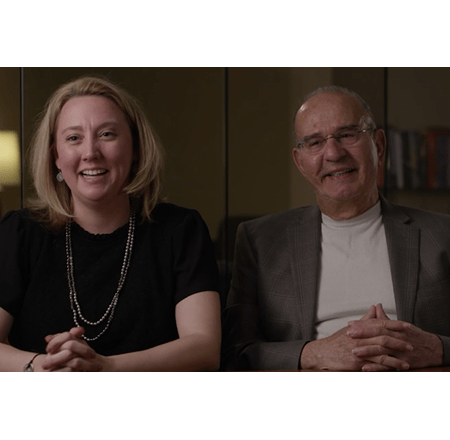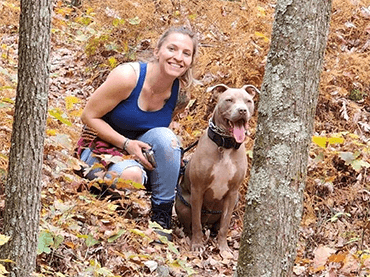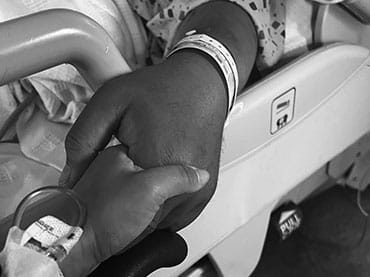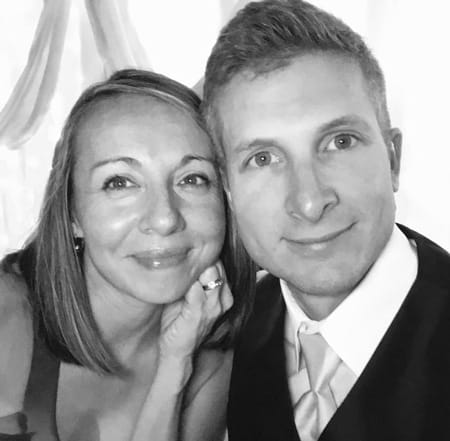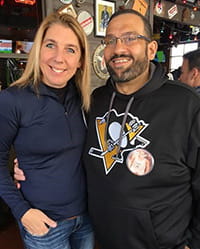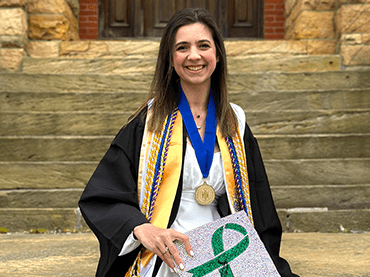
Three years after suffering from a stroke, Dale's kidney did not recover with the rest of his body and he was disgnosed with kidney disease. Dale was on dialysis for 18 months before being added to the tranplant waiting list and beginning his search for a living donor. He was blown away when a stranger offered to be his living-donor in the midst of the COVID-19 pandemic.




















